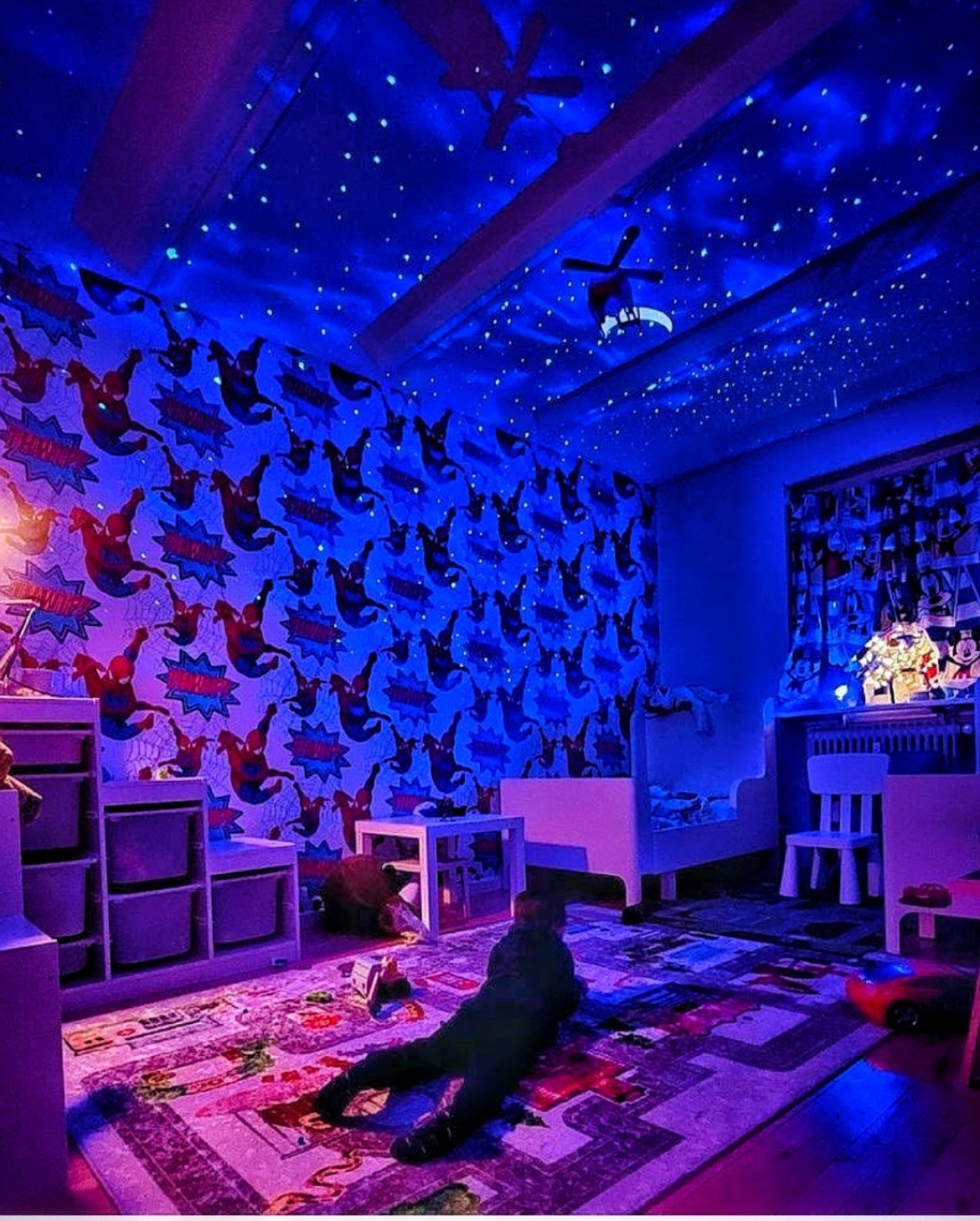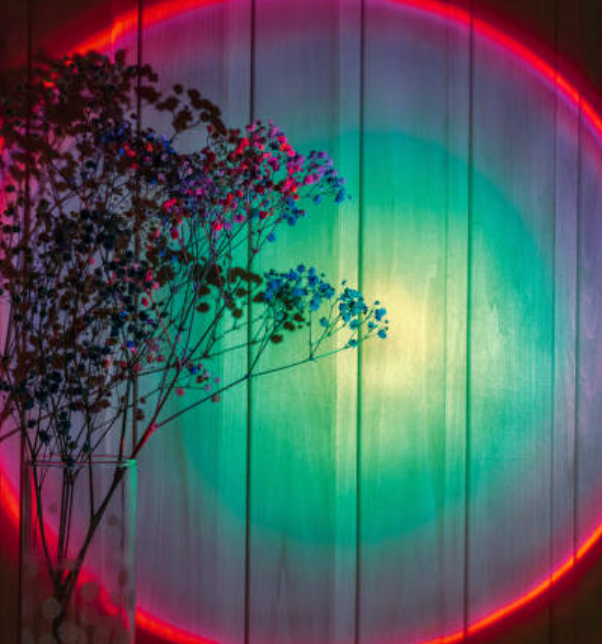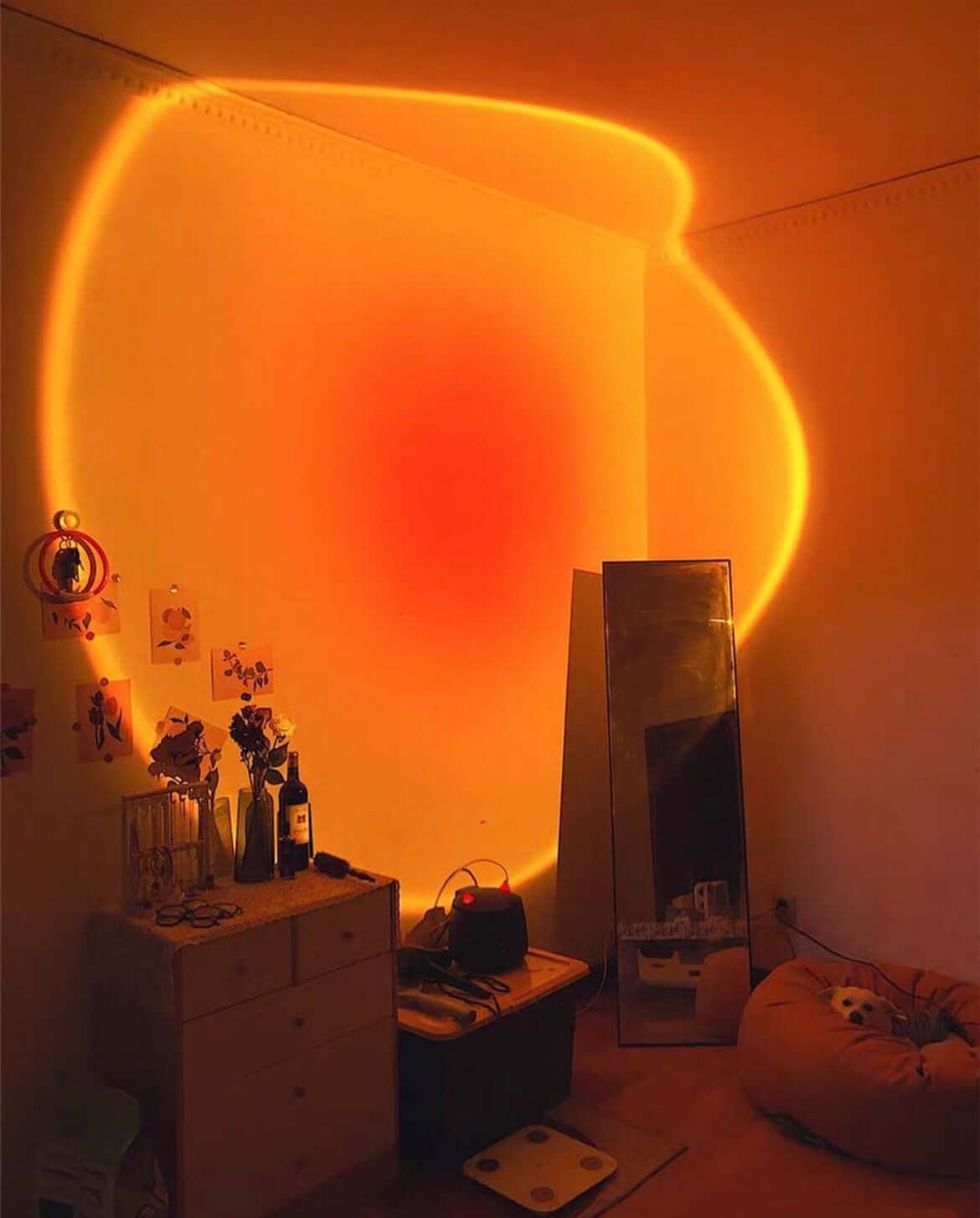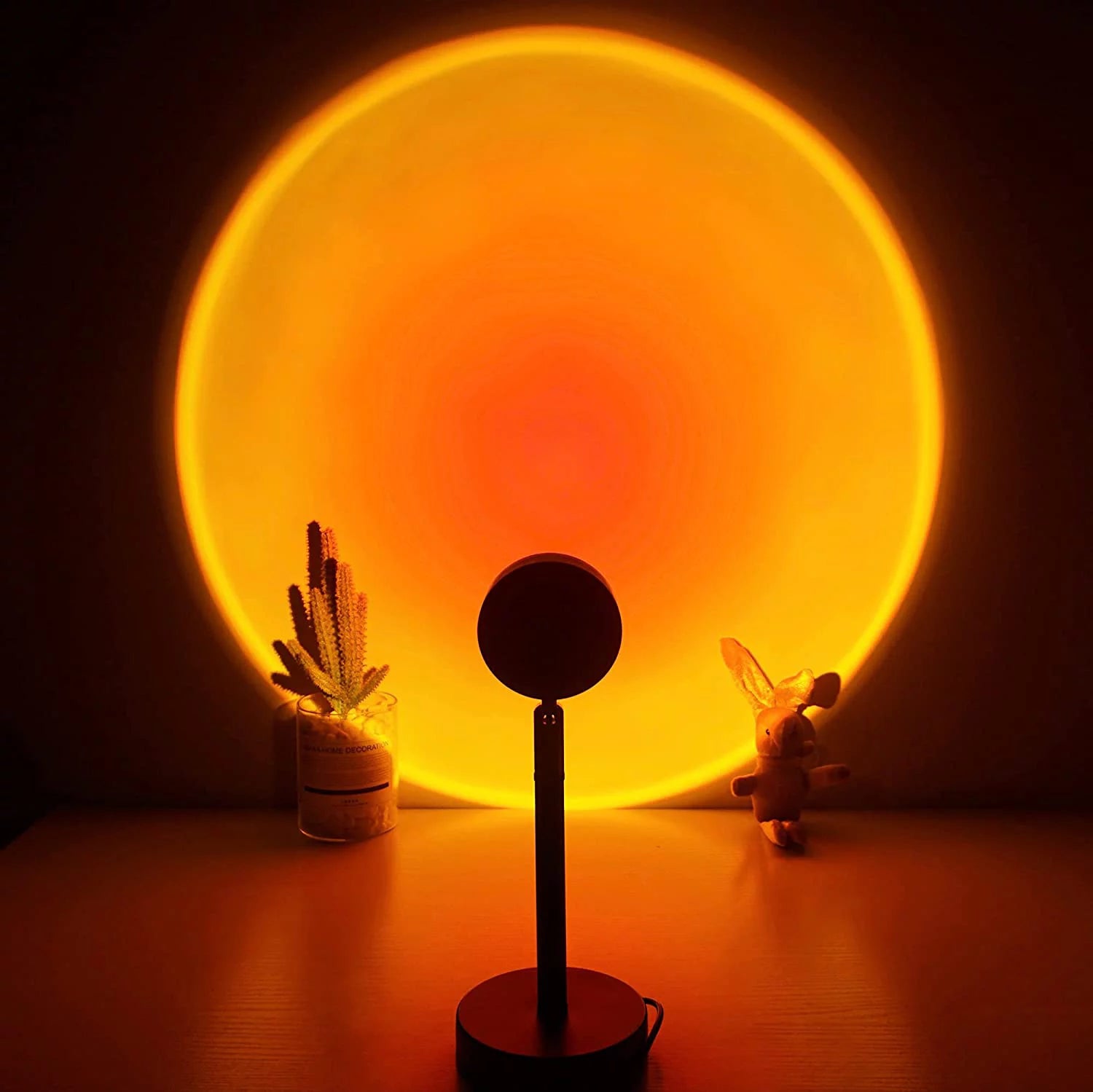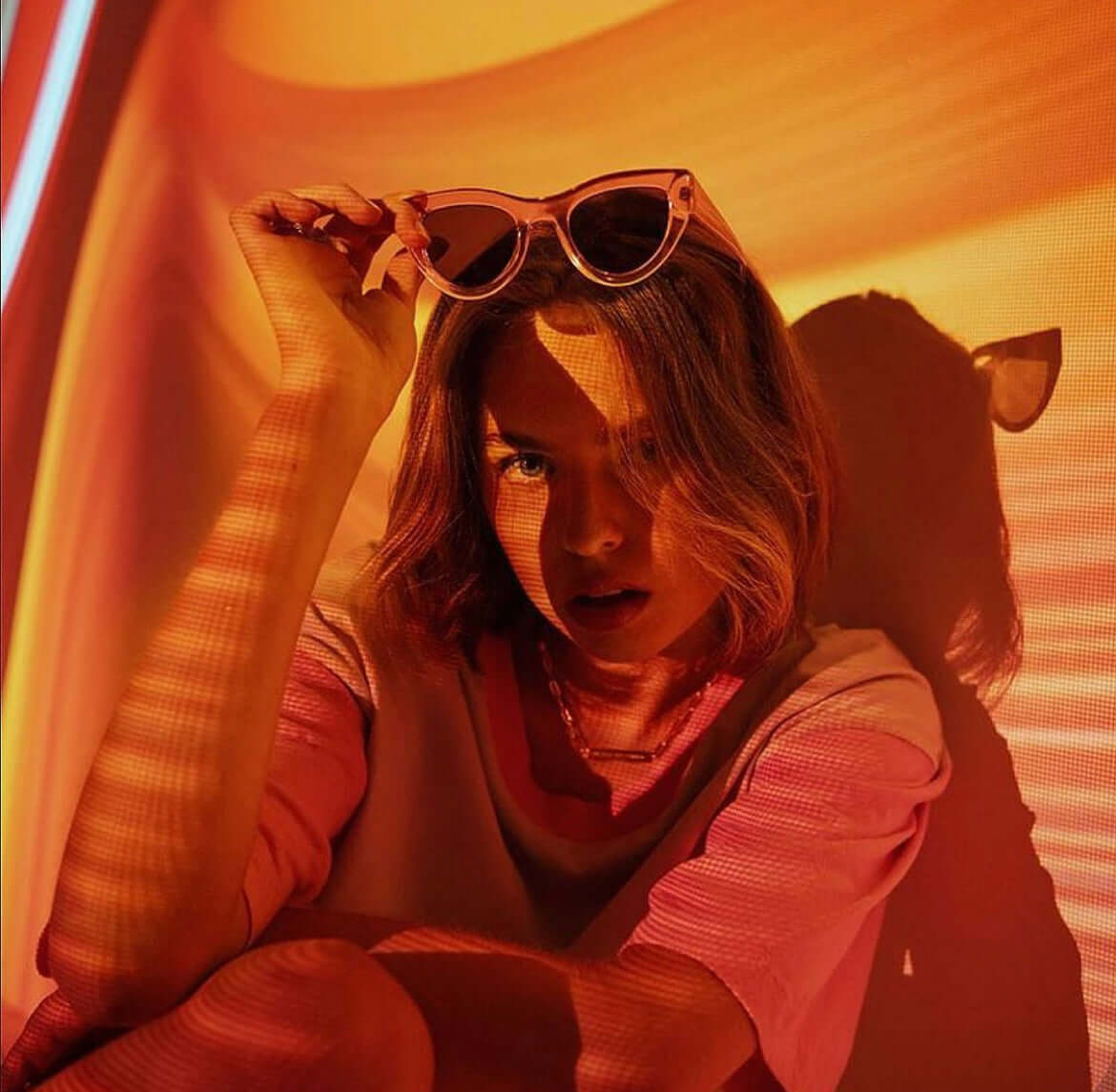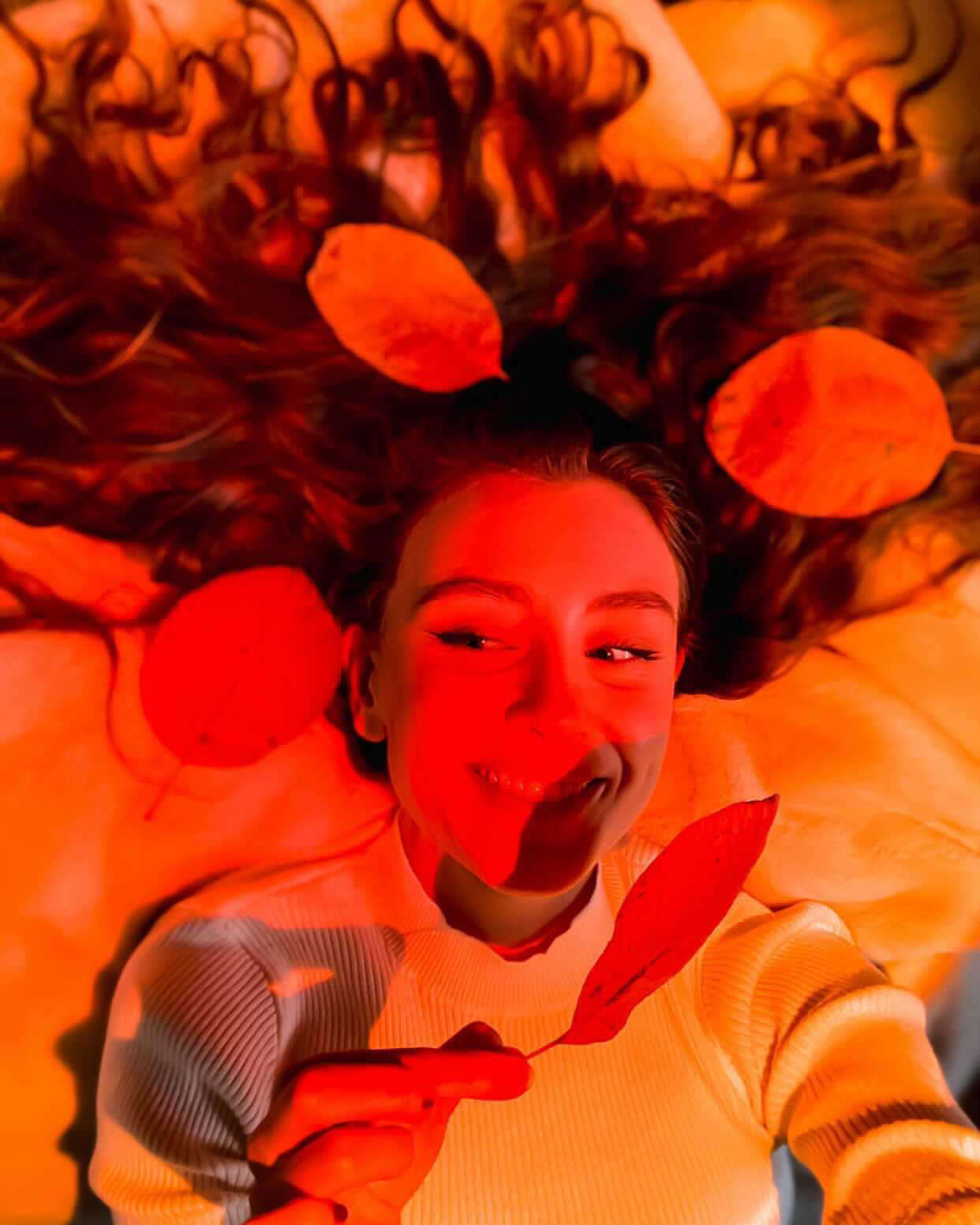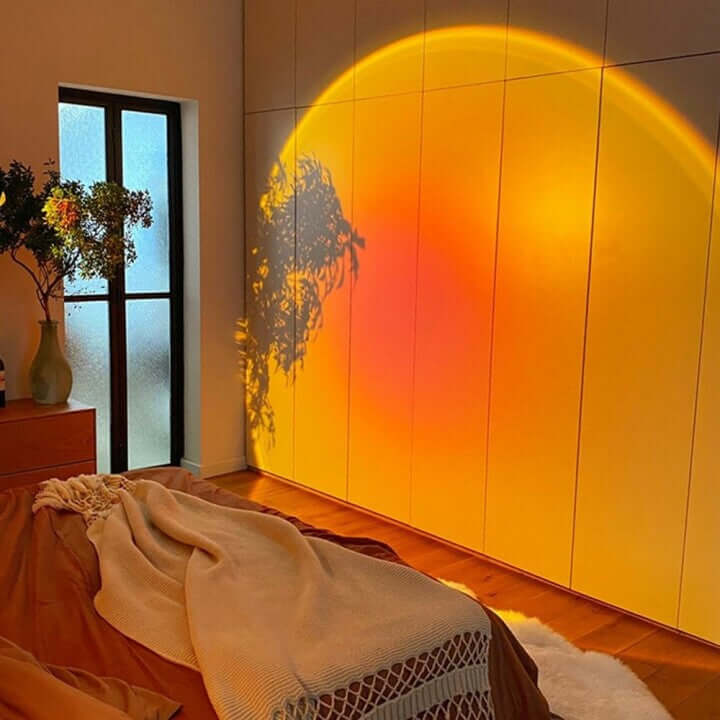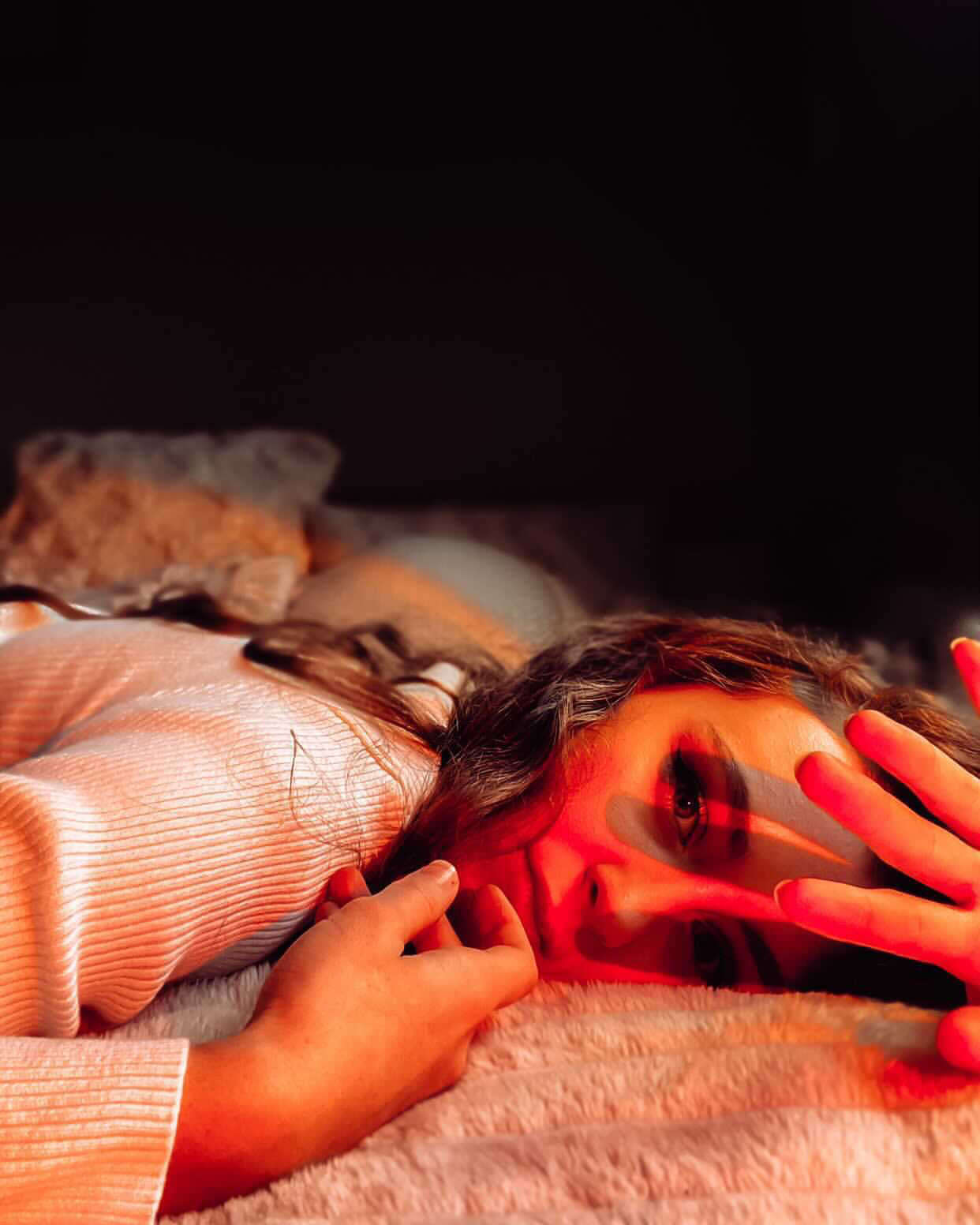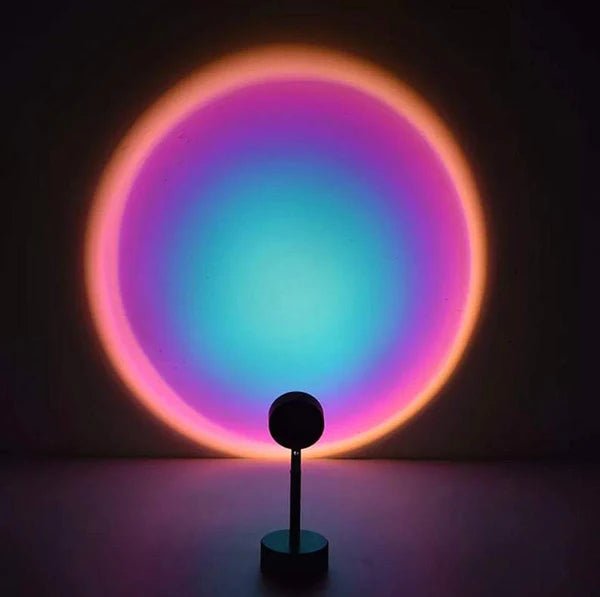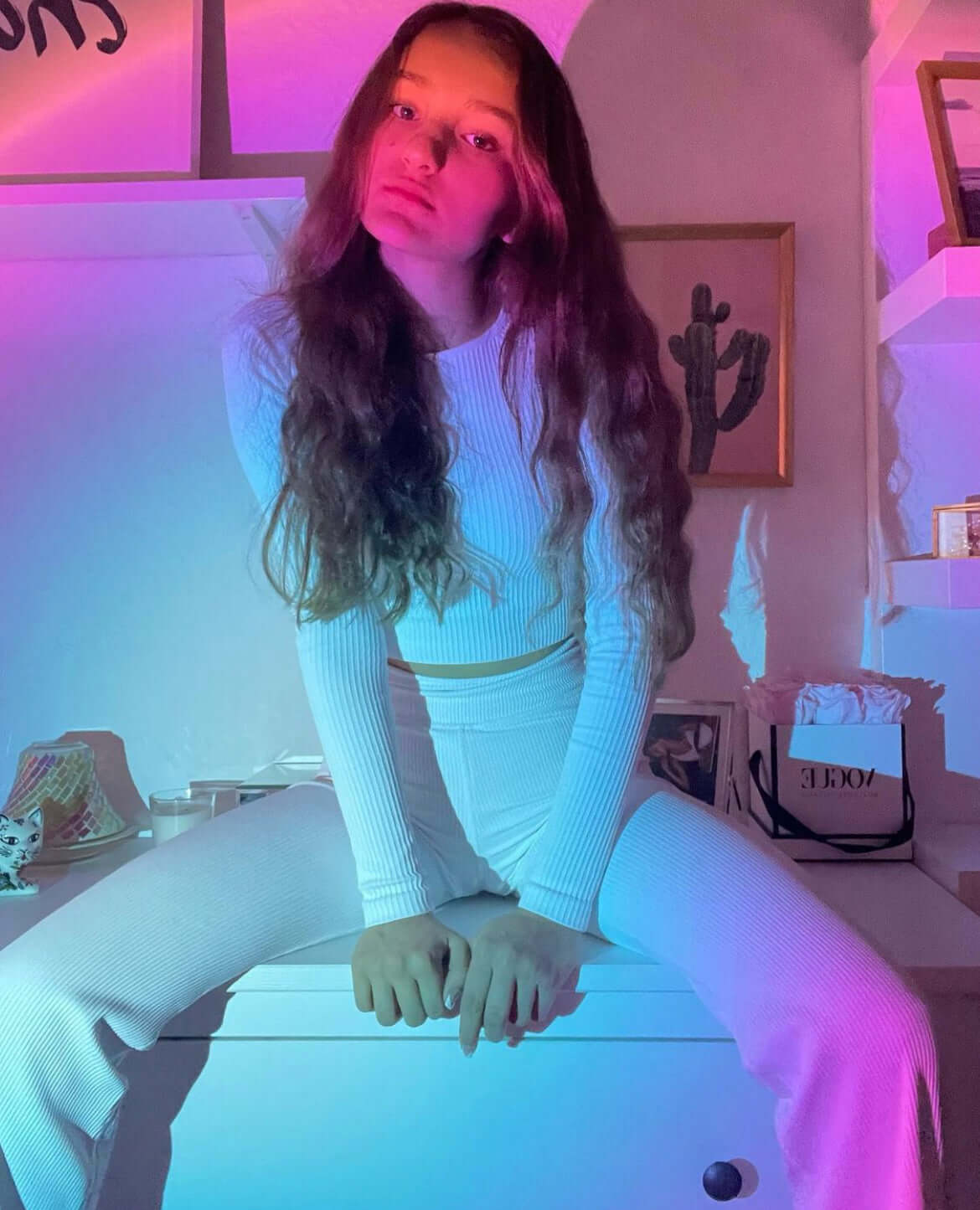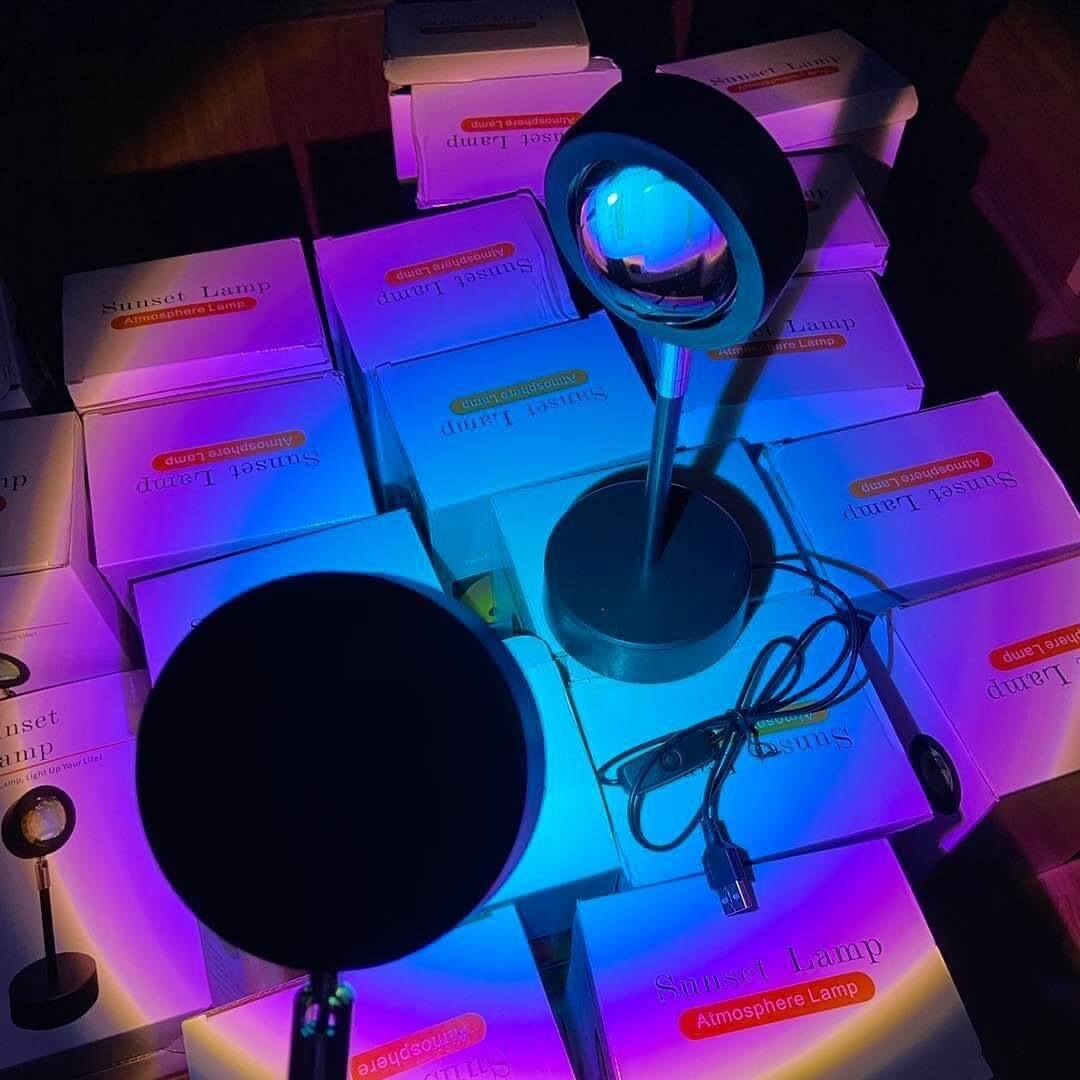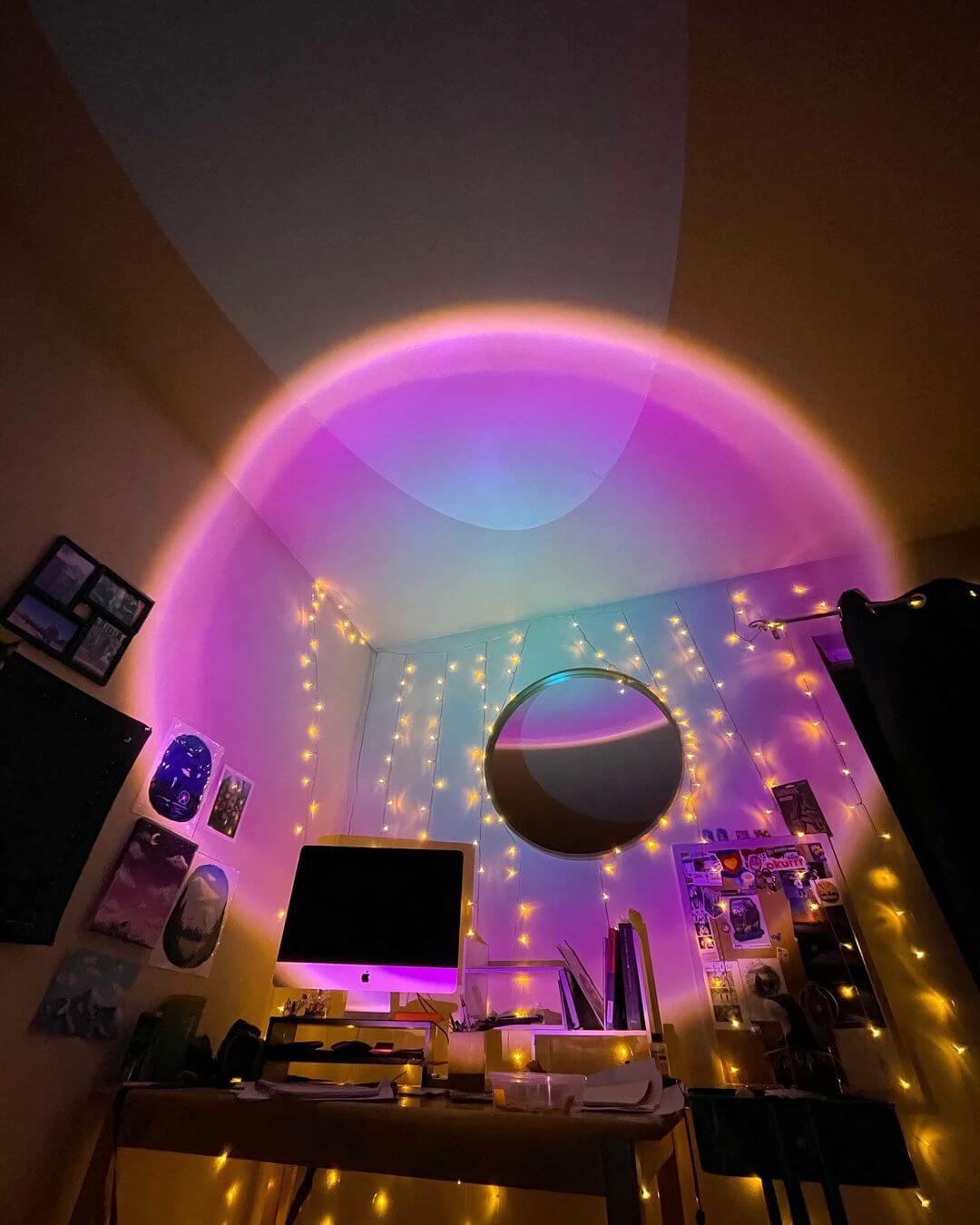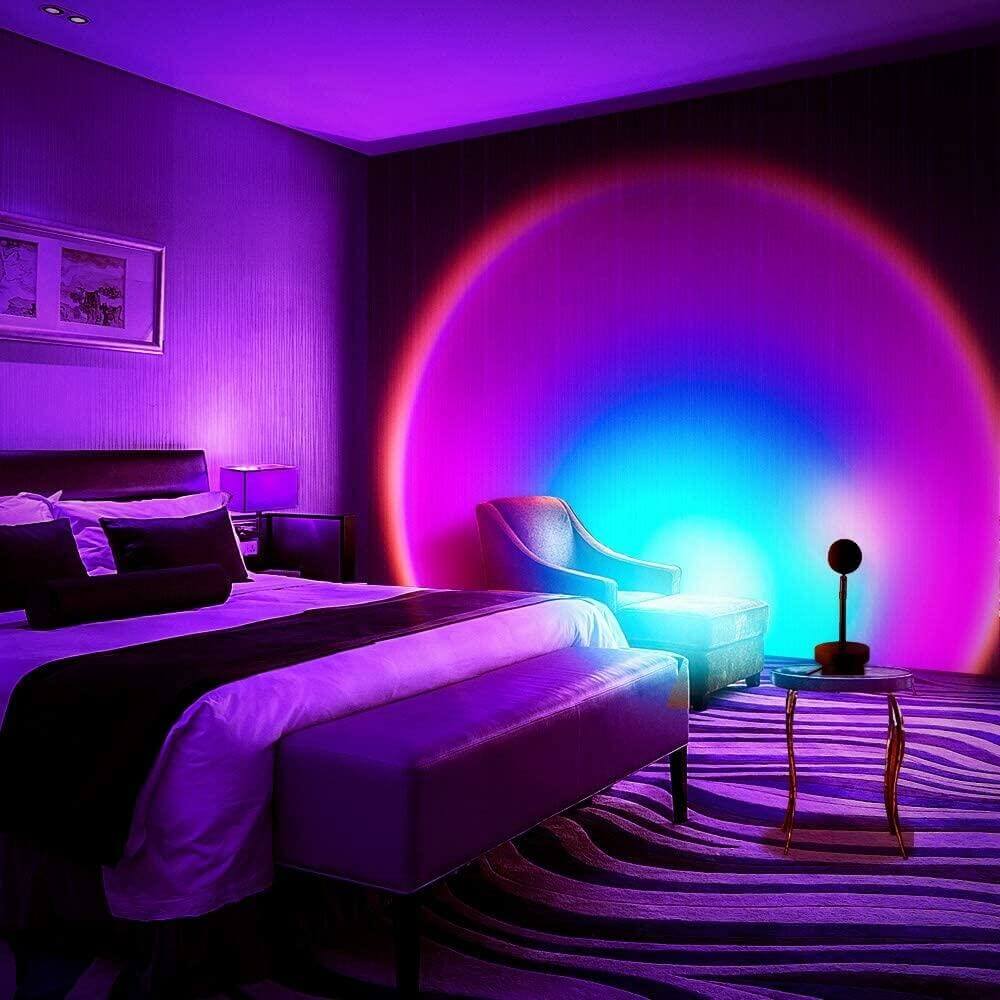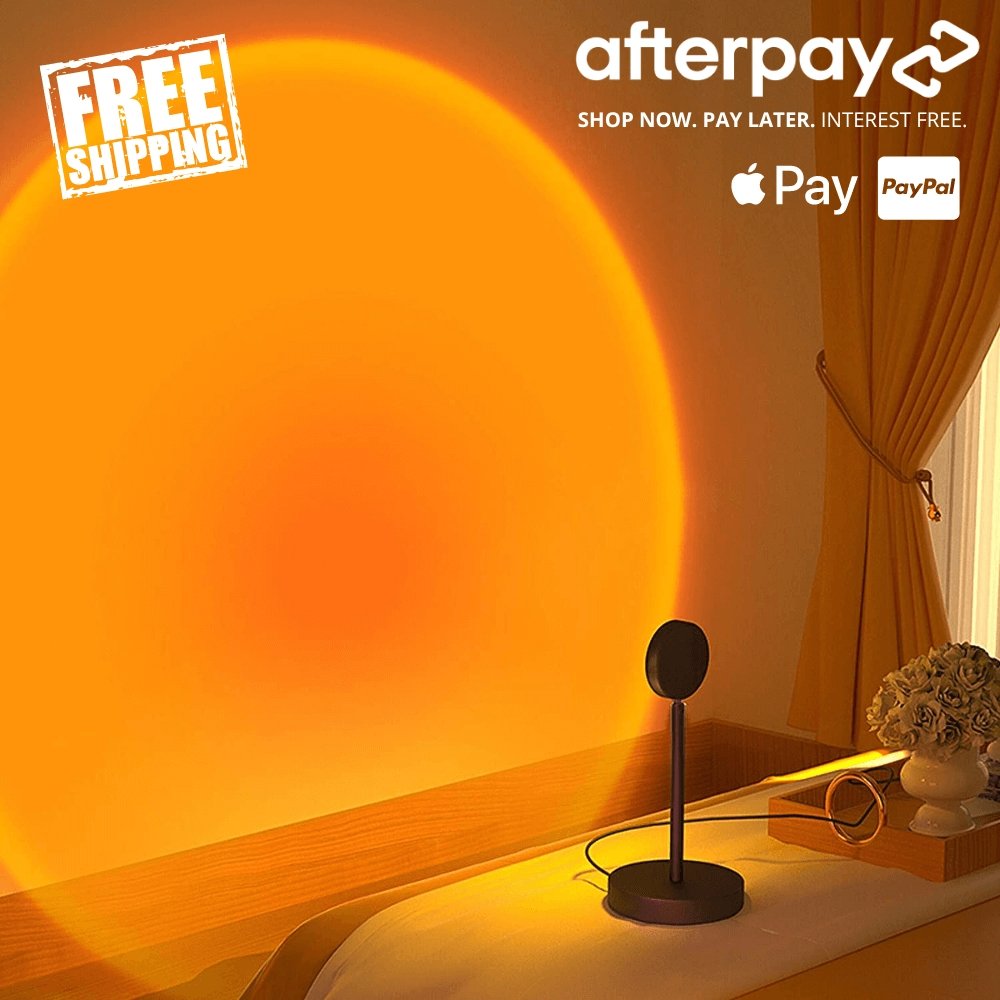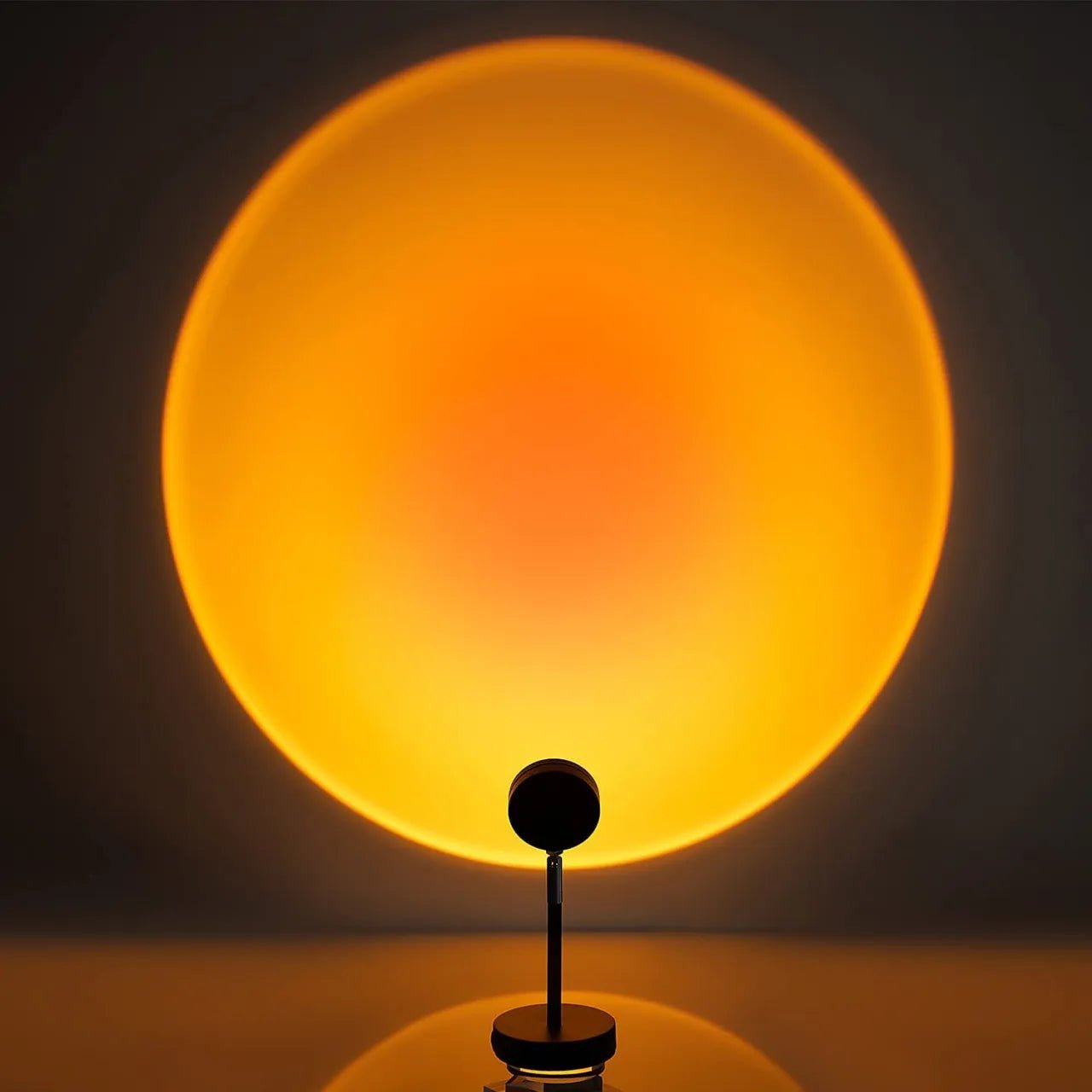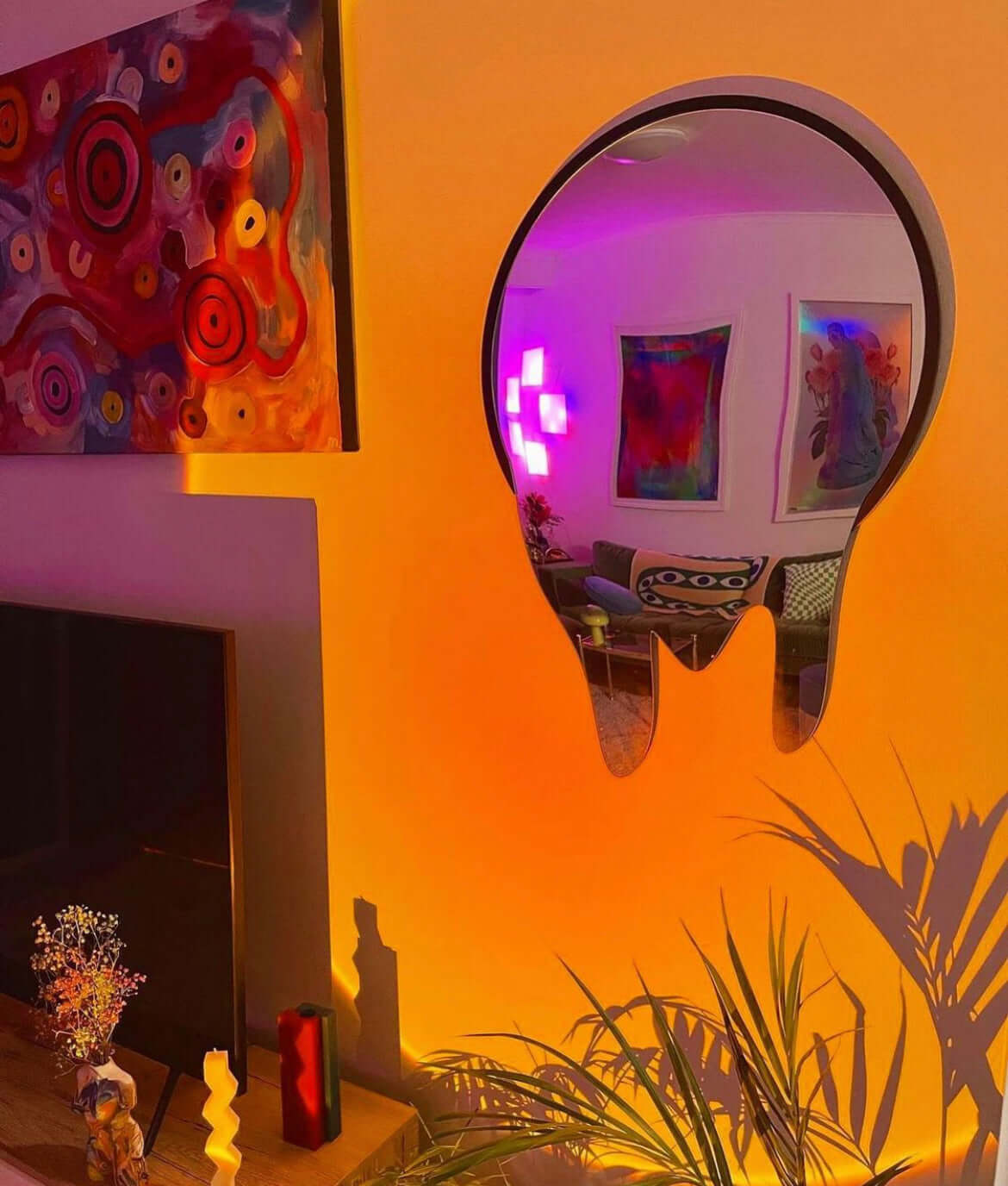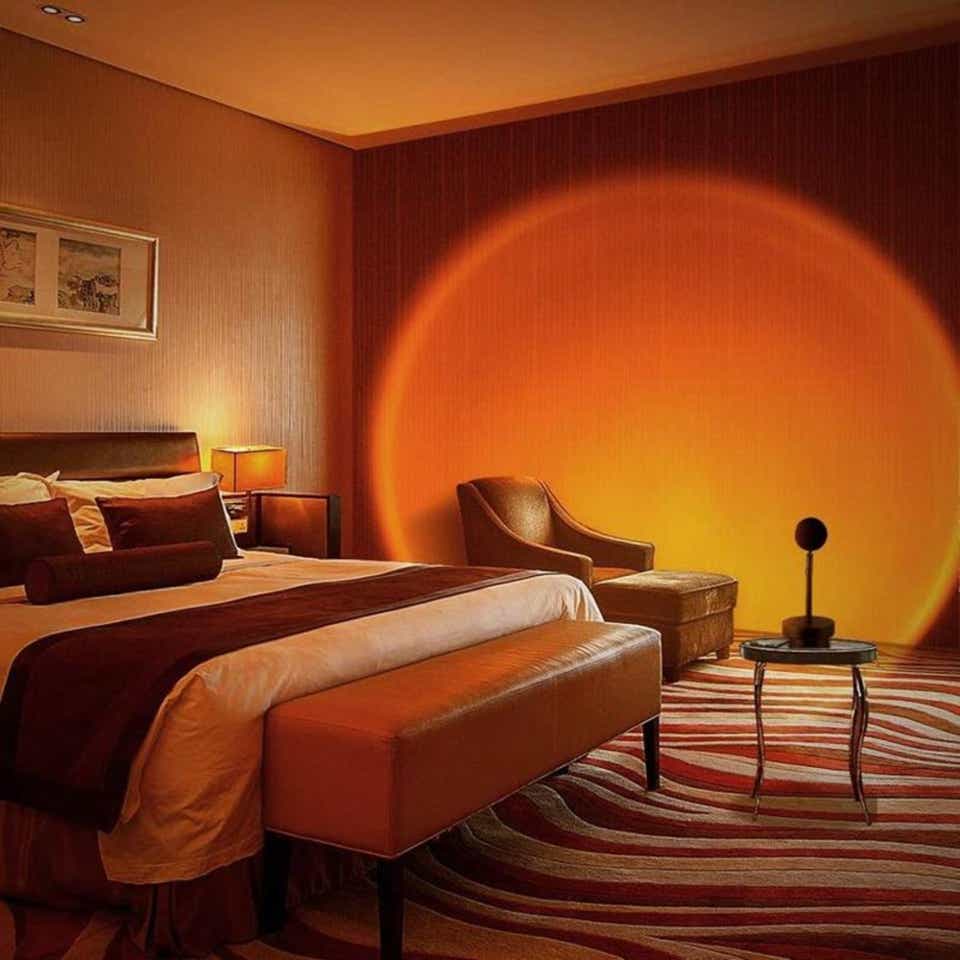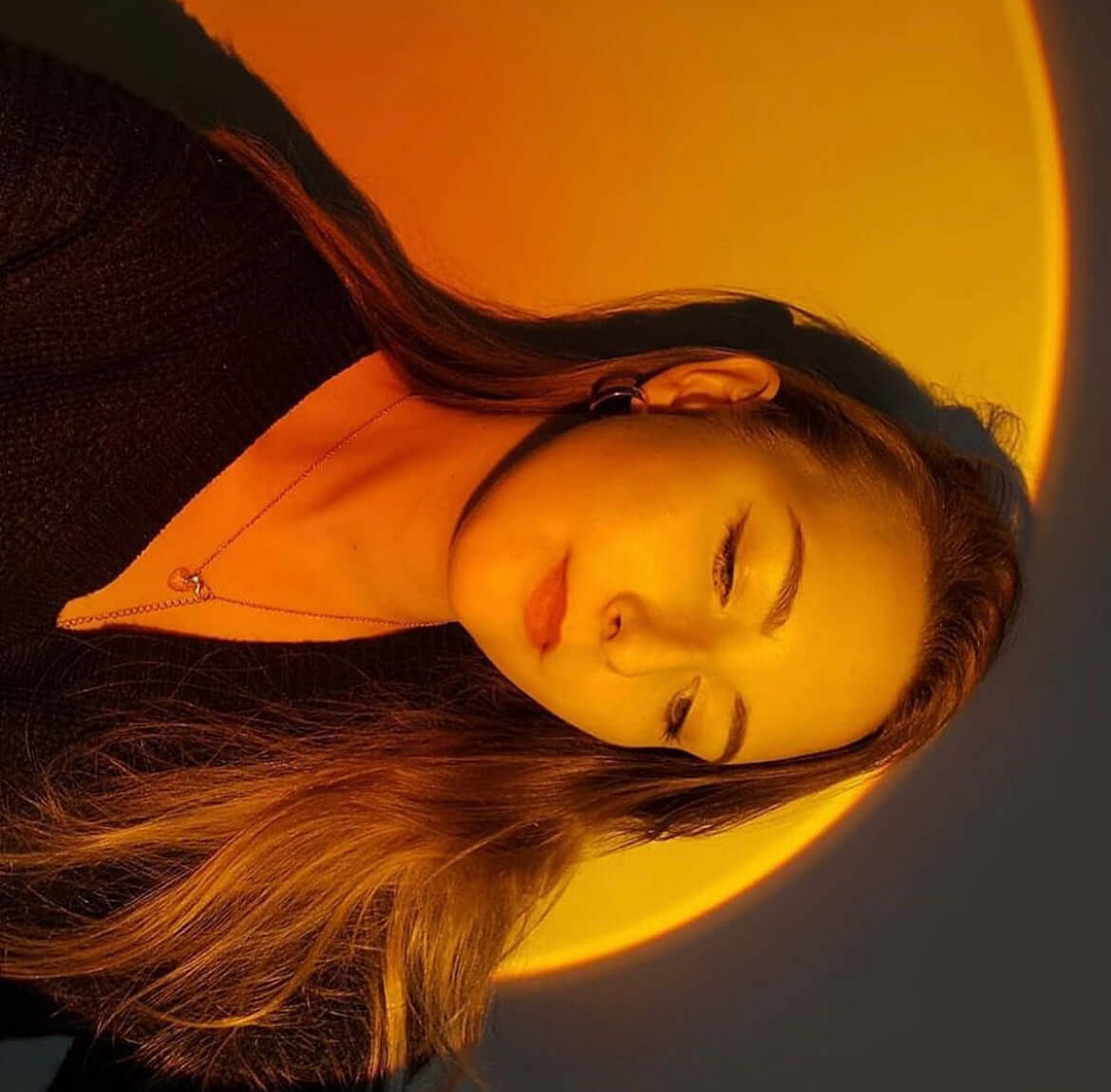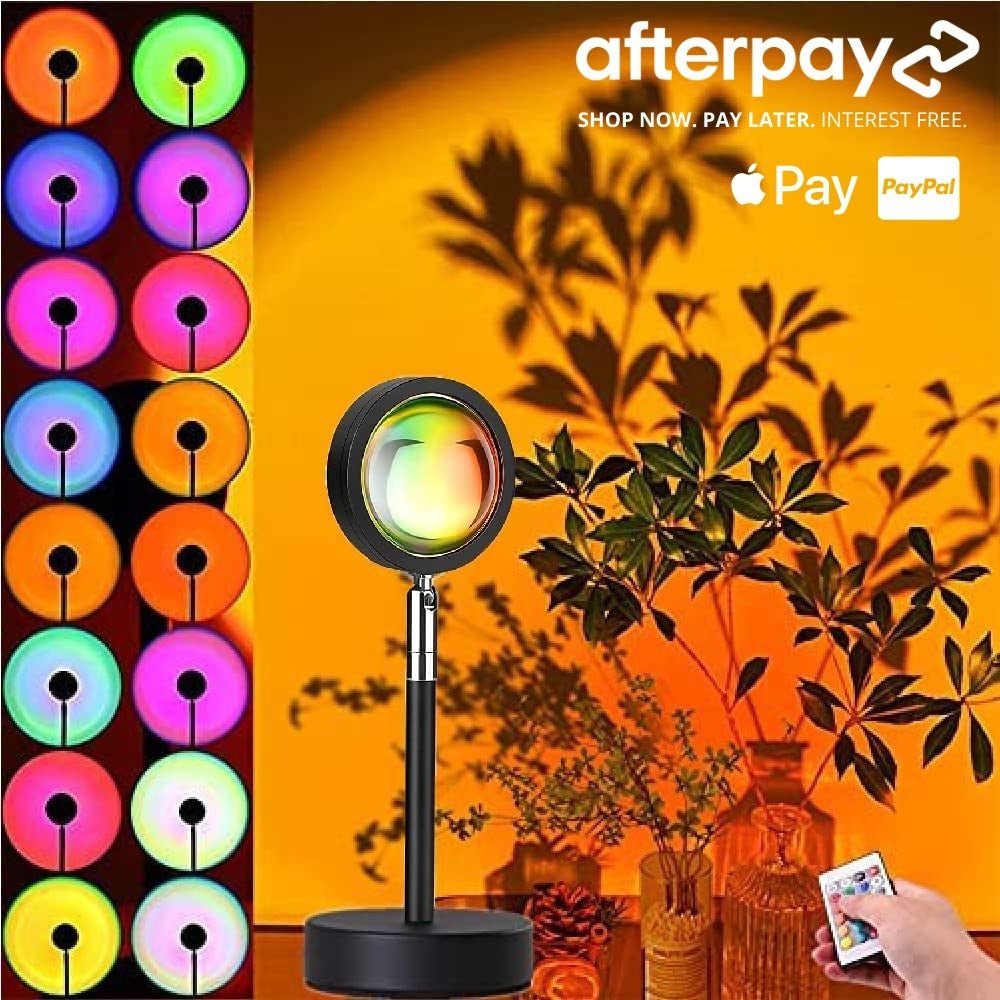The Science Behind Sunset Lighting and Its Effects on Mood
How does sunset lighting affect mood and sleep in Australia? Sunset lighting triggers relaxation by reducing blue light exposure and boosting melatonin—supporting mood and sleep. In Australia, sunset lamps help replicate this natural light shift indoors, easing stress and enhancing your evening wind-down.
There's something undeniably magical about a sunset. As the sun dips below the horizon, bathing everything in a warm, golden glow, we often find ourselves pausing to appreciate the beauty of this daily natural phenomenon. But the appeal of sunset lighting goes far beyond mere aesthetics—it affects us on a deeper, biological level, influencing our mood, behavior, and even our physical health.
In recent years, sunset lamps have become increasingly popular as people seek to recreate this special quality of light in their homes. But what exactly is it about sunset lighting that makes it so appealing and potentially beneficial? Is there scientific evidence behind the good feelings we associate with that golden-hour glow?
In this comprehensive article, we'll explore the fascinating science behind sunset lighting and its effects on human psychology and physiology. From the physics of light wavelengths to the biology of circadian rhythms, we'll uncover why sunset lighting has such a powerful impact on our mood and wellbeing—and how you can harness these effects in your own home with sunset lamps.
The Science of Light: Understanding the Basics
To understand why sunset lighting affects us the way it does, we first need to grasp some fundamental concepts about light itself.
The Electromagnetic Spectrum and Visible Light
Light is a form of electromagnetic radiation that travels in waves. The electromagnetic spectrum encompasses all possible frequencies of electromagnetic radiation, from radio waves (with the longest wavelengths) to gamma rays (with the shortest wavelengths). Visible light—the light we can see—occupies just a tiny portion of this spectrum, with wavelengths ranging from approximately 380 to 700 nanometers.
Within this visible spectrum, different wavelengths correspond to different colors:
- Violet and blue light: Shorter wavelengths (380-495 nm)
- Green and yellow light: Medium wavelengths (495-590 nm)
- Orange and red light: Longer wavelengths (590-700 nm)
Color Temperature and Its Perception
When discussing lighting, we often refer to "color temperature," measured in Kelvin (K). Despite what the name might suggest, color temperature doesn't actually measure how hot a light source is—rather, it describes the appearance of the light:
- Higher color temperatures (5000K+): Cooler, bluer light (like midday sunlight)
- Mid-range color temperatures (3500-4500K): Neutral white light
- Lower color temperatures (2000-3000K): Warmer, more orange/red light (like sunset)
Natural sunset light typically has a color temperature between 2000K and 3000K, giving it that characteristic warm, golden-orange glow that quality sunset lamps aim to recreate.
The Physics of Sunset Colors
The distinctive colors of a sunset are created through a process called Rayleigh scattering. When sunlight travels through the atmosphere, air molecules scatter the shorter blue wavelengths more effectively than the longer red wavelengths. During most of the day, when the sun is high in the sky, this scattering makes the sky appear blue.
However, at sunset, sunlight must travel through much more of the atmosphere to reach our eyes. This increased atmospheric path length causes even more blue light to scatter away, allowing the longer wavelength red, orange, and yellow light to dominate what we see. This is why sunsets appear warm-toned, and why the quality of light during this "golden hour" has such distinctive characteristics.
Quality sunset lamps are designed to mimic this specific spectral distribution, focusing on the longer wavelengths while minimizing the shorter, bluer wavelengths that are largely absent in natural sunset light.
👉 Shop Sunset Lamp & Save 20%
Circadian Rhythms: How Light Regulates Our Internal Clock
One of the most significant ways that light—including sunset lighting—affects us is through its influence on our circadian rhythms, the internal biological clocks that regulate our sleep-wake cycles and many other physiological processes.
The Role of Light in Circadian Regulation
Our circadian rhythms are primarily regulated by a small region in the brain called the suprachiasmatic nucleus (SCN), which receives direct input from specialized photoreceptors in our eyes. These photoreceptors, called intrinsically photosensitive retinal ganglion cells (ipRGCs), are particularly sensitive to blue light.
When these cells detect bright, blue-rich light (like morning sunlight or the light from electronic screens), they signal the SCN to suppress the production of melatonin, a hormone that promotes sleep. This helps keep us alert and awake during daylight hours.
Conversely, as natural light dims and shifts toward the red end of the spectrum in the evening (like during sunset), less blue light reaches these photoreceptors. This allows melatonin production to increase, preparing our bodies for sleep.
The Sunset Signal
From an evolutionary perspective, the warm, red-orange light of sunset has served as a reliable environmental cue that night is approaching. Our bodies have evolved to respond to this cue by initiating a cascade of physiological changes that prepare us for rest:
- Increased melatonin production
- Gradual reduction in core body temperature
- Decreased cortisol (stress hormone) levels
- Reduced cognitive alertness
This is why exposure to sunset-like lighting in the evening can help promote relaxation and potentially improve sleep quality—it works with, rather than against, our natural biological programming.
Circadian Disruption in Modern Life
Unfortunately, modern lifestyles often disrupt these natural patterns. Artificial lighting, particularly the blue-rich light from LEDs, fluorescent bulbs, and electronic screens, can confuse our circadian systems by mimicking daylight even after the sun has set.
This circadian disruption has been linked to various health issues, including:
- Sleep disorders
- Mood disturbances
- Increased risk of certain chronic diseases
- Reduced cognitive performance
This is where sunset lamps can potentially offer benefits beyond mere aesthetics. By providing warm, low-blue light in the evening hours, they may help support healthier circadian rhythms in our artificially lit environments.
Color Psychology: The Emotional Impact of Warm Light
Beyond its biological effects, the warm colors of sunset lighting also influence us psychologically through the phenomenon known as color psychology.
Warm Colors and Emotional Responses
Research in color psychology has consistently found that warm colors like red, orange, and yellow tend to evoke specific emotional and psychological responses:
- Comfort and coziness: Warm colors are often associated with comfort, creating what designers call a "high arousal but positive valence" emotional state
- Intimacy and connection: Spaces lit with warm light are perceived as more intimate and conducive to social bonding
- Nostalgia and positive memories: The golden quality of sunset light often triggers associations with positive experiences and memories
- Perceived warmth: Interestingly, rooms lit with warm-toned light are actually perceived as physically warmer than identically heated rooms lit with cool-toned light
Cultural and Evolutionary Factors
Our positive associations with sunset lighting likely stem from both cultural and evolutionary factors:
- Evolutionary adaptation: Throughout human evolution, the warm light of fire and sunset signaled safety and rest after the day's activities
- Cultural conditioning: Warm lighting is consistently used in contexts meant to feel cozy and relaxing (restaurants, spas, homes)
- Media representation: Sunset lighting is frequently used in film and photography to evoke romance, nostalgia, and beauty
The "Golden Hour" Effect in Photography and Film
Photographers and cinematographers have long prized the "golden hour"—the period shortly after sunrise or before sunset when light is warm and directional. This lighting is considered particularly flattering for human subjects because:
- It softens skin texture and minimizes imperfections
- It creates a warm glow that enhances most skin tones
- The directional quality creates gentle shadows that add dimension
- It evokes positive emotional associations in viewers
Sunset lamps recreate many of these qualities, which may partially explain why people often feel more attractive and comfortable in spaces lit with this type of lighting.
Research Findings: What Science Says About Sunset Lighting
While sunset lamps specifically are a relatively recent trend, scientific research on the effects of light color and intensity provides valuable insights into their potential impacts.
Studies on Light Color and Sleep
Multiple studies have examined how different light wavelengths affect sleep and melatonin production:
- A 2019 study published in the Journal of Biological Rhythms found that exposure to warm-toned light in the evening resulted in significantly less melatonin suppression compared to cool-toned light of the same brightness
- Research from Harvard Medical School demonstrated that blue light suppresses melatonin production for about twice as long as warm light
- A 2017 study in Sleep Medicine Reviews suggested that using warm lighting in the evening could help mitigate the negative effects of artificial light on sleep quality
Light and Mood Disorders
The relationship between light exposure and mood is well-established in scientific literature:
- Seasonal Affective Disorder (SAD) research has demonstrated the powerful effect light can have on mood regulation
- A 2020 study in the Journal of Affective Disorders found that evening exposure to blue-enriched light was associated with greater mood disturbances compared to warm-toned light
- Research from the Lighting Research Center suggests that consistent exposure to appropriate lighting throughout the day—bright, blue-rich light in the morning and warm, dimmer light in the evening—may help stabilize mood
Lighting in Healthcare and Therapeutic Settings
The therapeutic potential of appropriate lighting is increasingly recognized in healthcare settings:
- Many hospitals now implement "circadian lighting" systems that shift from cooler to warmer tones throughout the day to support patient recovery
- Studies in long-term care facilities have found that residents exposed to lighting that mimics natural patterns show improvements in sleep quality and mood
- Research in psychiatric facilities suggests that warm-toned evening lighting may help reduce agitation and improve sleep in patients with mood disorders
Limitations and Considerations
While the research is promising, it's important to note some limitations:
- Most studies focus on general lighting conditions rather than sunset lamps specifically
- Individual responses to lighting can vary based on factors like age, genetics, and prior light exposure
- The aesthetic benefits of sunset lighting may be subjectively experienced differently across cultures and individuals
- Sunset lamps should be considered complementary to, not replacements for, evidence-based treatments for sleep or mood disorders
Practical Applications: Harnessing the Science of Sunset Lighting
Understanding the science behind sunset lighting allows us to make informed choices about how to incorporate it into our lives for potential benefits.
Creating a Circadian-Friendly Lighting Environment
To support healthy circadian rhythms through lighting:
- Morning: Expose yourself to bright, blue-rich light to help suppress melatonin and increase alertness
- Daytime: Maintain exposure to bright, full-spectrum light
- Evening: Transition to warmer, dimmer lighting (like sunset lamps) 2-3 hours before bedtime
- Night: Minimize light exposure, particularly blue light from screens and bright sources
Sunset lamps can play a valuable role in this evening transition, creating a visual cue that helps signal to your body that it's time to begin winding down.
Optimal Placement and Timing
To maximize the potential benefits of sunset lamps:
- Living spaces: Use sunset lamps in areas where you spend your evening hours relaxing
- Bedrooms: Consider using a sunset lamp as part of a pre-sleep relaxation routine
- Timing: Begin using sunset lighting 2-3 hours before your intended bedtime
- Intensity: Gradually reduce overall light levels as bedtime approaches
Complementary Practices
Sunset lighting works best as part of a holistic approach to circadian health:
- Reduce screen time in the evening, or use blue light filters on electronic devices
- Maintain consistent sleep and wake times
- Get exposure to natural daylight, especially in the morning
- Create bedtime routines that signal to your body it's time for sleep
Special Considerations
Different populations may benefit from customized approaches:
- Older adults: May need brighter lighting during the day due to age-related changes in the eye, but can still benefit from warm evening lighting
- Shift workers: May need to create artificial "sunset" periods before sleep, even if it's during daylight hours
- People with mood disorders: Should consult healthcare providers about optimal lighting, as some mood disorders respond differently to light therapy
Choosing a Sunset Lamp Based on Science
If you're interested in harnessing the potential benefits of sunset lighting, choosing the right sunset lamp is important. Here are science-informed considerations:
Spectral Quality
The most important feature of a quality sunset lamp is its spectral output—the specific wavelengths of light it emits:
- Look for lamps that emphasize the red-orange part of the spectrum (590-700 nm)
- Minimal blue light output is preferable for evening use
- Some higher-end models specify their spectral distribution or color temperature (look for 2000-3000K)
Brightness Control
Adjustable brightness allows you to mimic the natural progression of sunset:
- Dimmable options let you gradually reduce light intensity
- For circadian benefits, lower intensity is generally better in the evening
- Consider models with memory functions that remember your preferred settings
Positioning Flexibility
The ability to direct light appropriately affects its impact:
- Adjustable heads allow you to position light where it's most effective
- Indirect lighting (bounced off walls or ceilings) is often more comfortable than direct projection
- Consider how the lamp will integrate with your existing lighting setup
Our Recommendation
At Galactic Night, our GALACTICNIGHT™ - Sunset Lamp (2024 Edition) was designed with these scientific principles in mind. It features:
- Carefully calibrated LED technology that emphasizes the red-orange spectrum
- Minimal blue light output to support natural melatonin production
- 180-degree adjustable positioning for optimal light placement
- Durable construction for consistent performance over time
For more detailed guidance on choosing the right sunset lamp for your specific needs, see our articles on Sunset Projection Lamps: Features to Look for Before Buying and How to Choose the Perfect Sunset Lamp for Your Space.
Conclusion: The Science-Backed Appeal of Sunset Lighting
The appeal of sunset lighting isn't just aesthetic—it's deeply rooted in our biology and psychology. From the physics of light wavelengths to the intricate workings of our circadian systems and the psychological associations we have with warm colors, science helps explain why we're drawn to the golden glow of sunset.
While sunset lamps shouldn't be considered medical devices or treatments, the research suggests that thoughtfully incorporating warm, sunset-like lighting into our evening environments may support our natural biological rhythms in a world where artificial lighting often disrupts them.
By understanding the science behind sunset lighting, we can make more informed choices about how to light our spaces in ways that potentially support our wellbeing, mood, and sleep—while also creating beautiful, inviting environments that simply feel good to be in.
Whether you're primarily interested in the aesthetic appeal of sunset lamps or their potential benefits for mood and sleep, incorporating this special quality of light into your home can be a simple yet effective way to enhance your living environment.
Ready to experience the science-backed benefits of sunset lighting in your own space? Explore our sunset lamp collection and discover how this simple addition can transform both the look and feel of your home.
👉 Shop Sunset Lamp & Save 20%
FAQs About Sunset Lighting and Mood (Australia)
Q1: How does sunset lighting help improve mood?
A: The warm tones of sunset light promote calm and reduce cortisol, triggering emotional comfort and connection.
Q2: Can sunset lamps help Australians sleep better?
A: Yes. By reducing blue light and boosting melatonin, sunset lamps support circadian alignment—especially helpful during screen-heavy evenings.
Q3: What color temperature should a sunset lamp have?
A: For mood and circadian benefits, look for lamps around 2000–3000K with low or no blue light.
Q4: Are sunset lamps suitable for shift workers in Australia?
A: Absolutely. Sunset lamps can simulate natural evening light even during daytime hours, helping regulate rest cycles.
Q5: Is there science behind the calming effect of warm light?
A: Yes—studies show warm-toned light reduces melatonin suppression and improves mood, especially when used before sleep.



